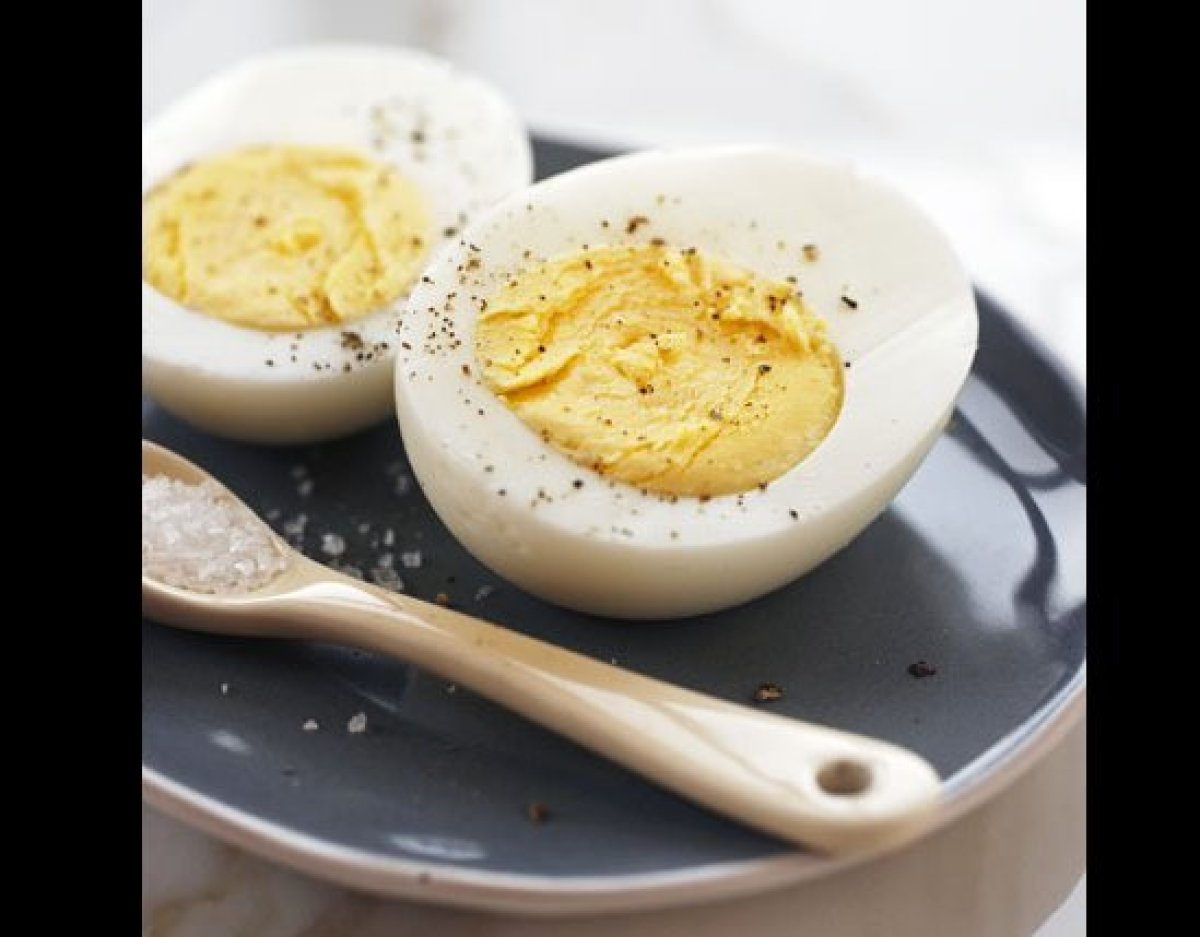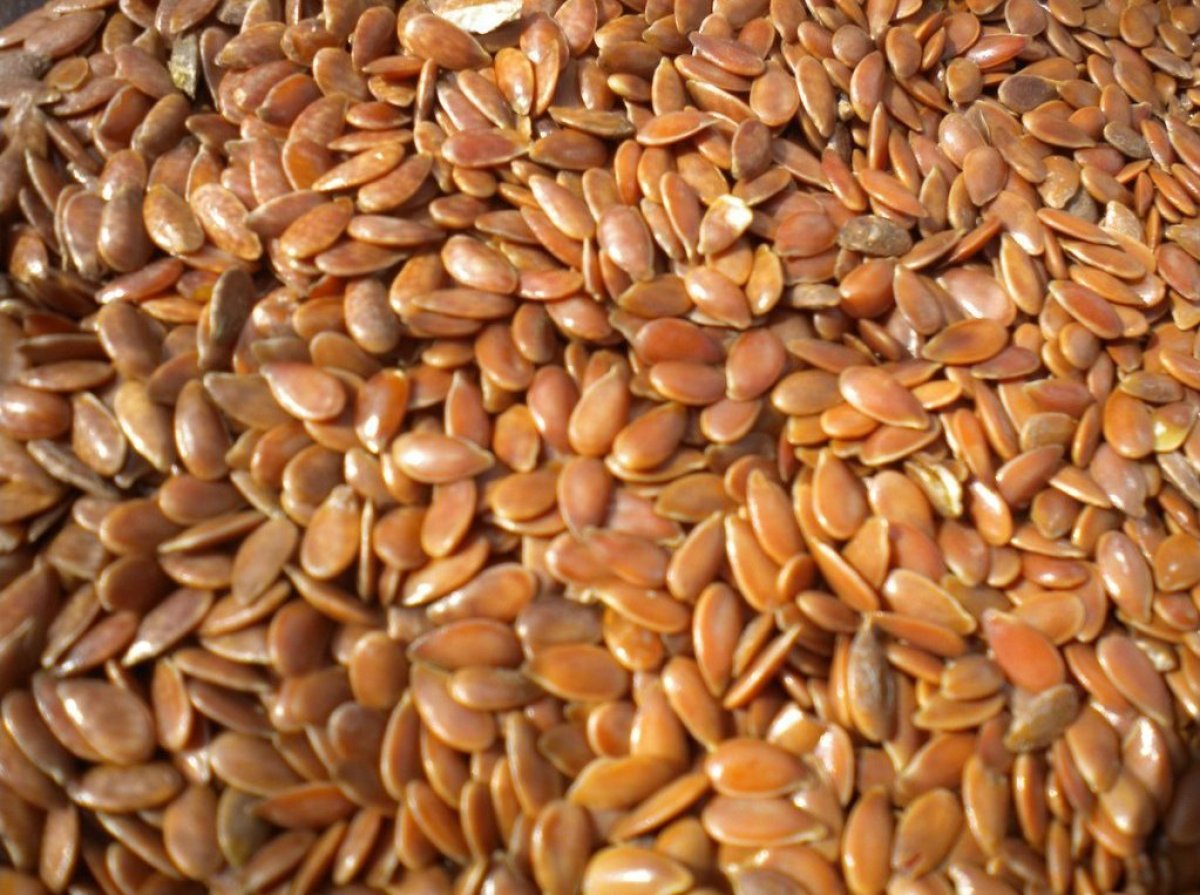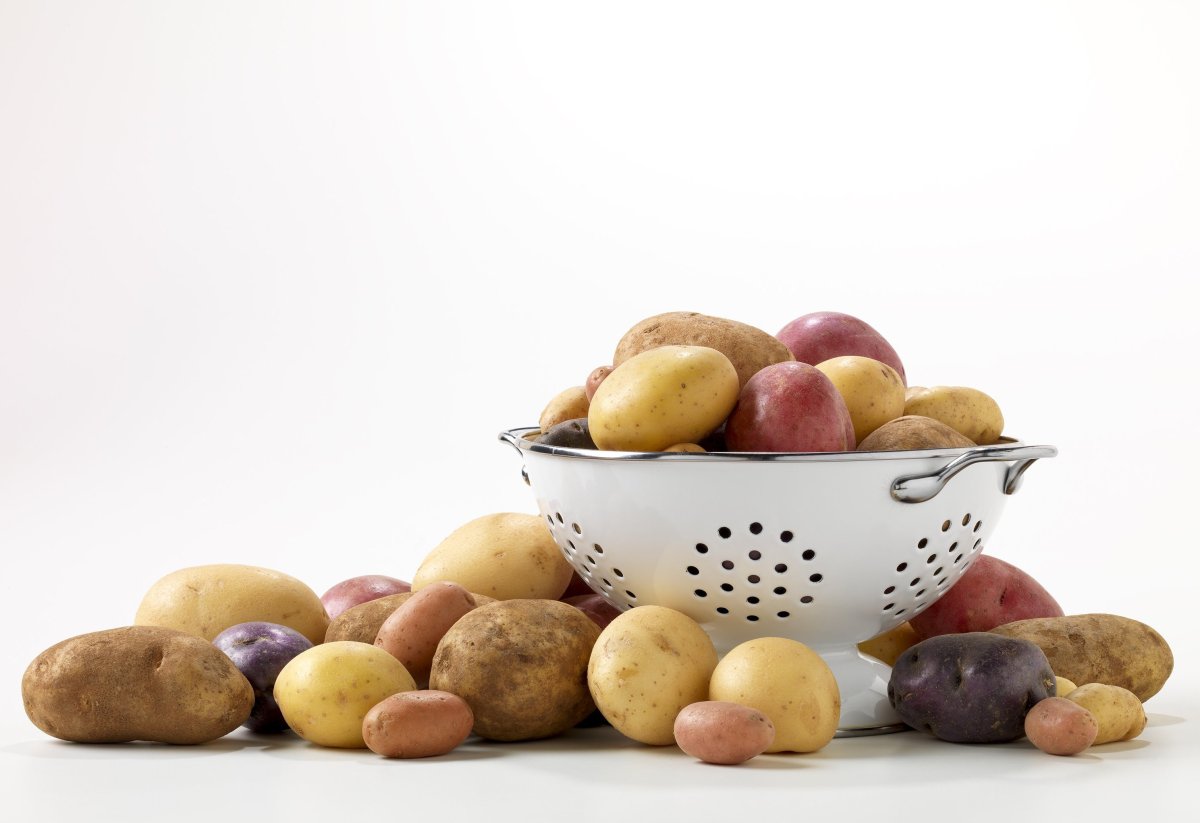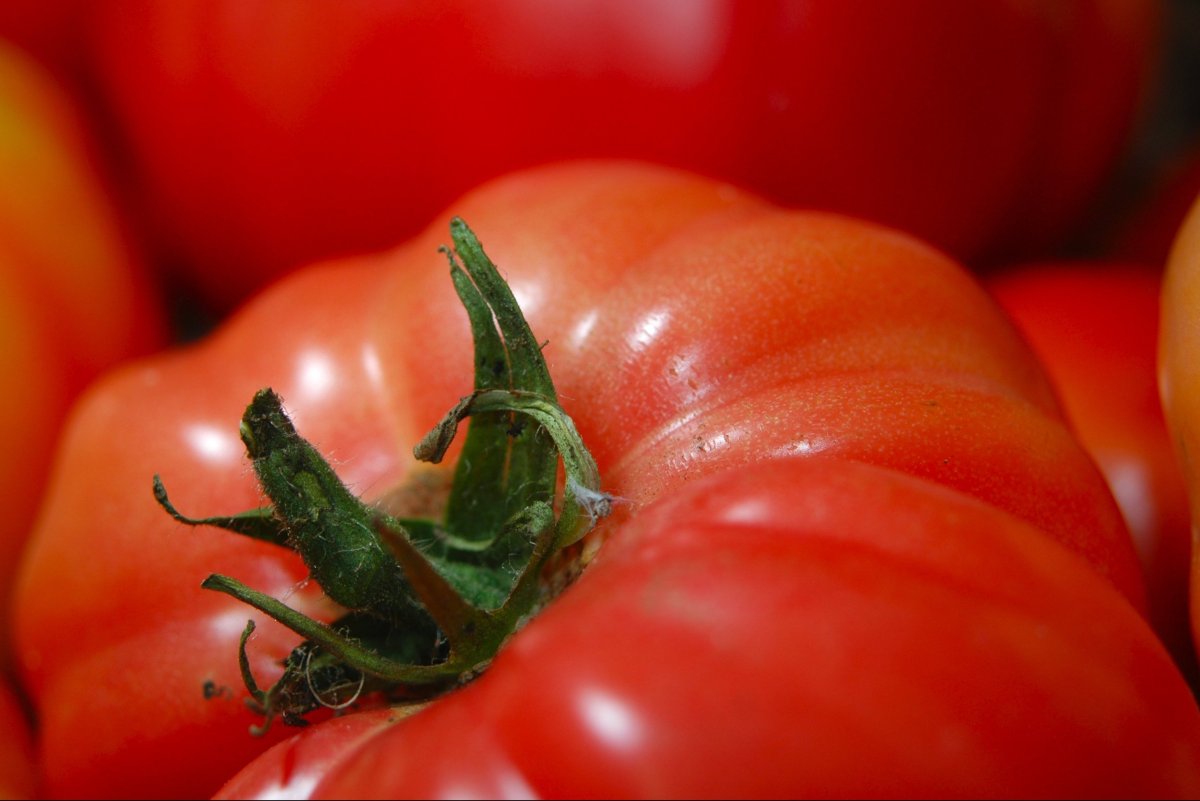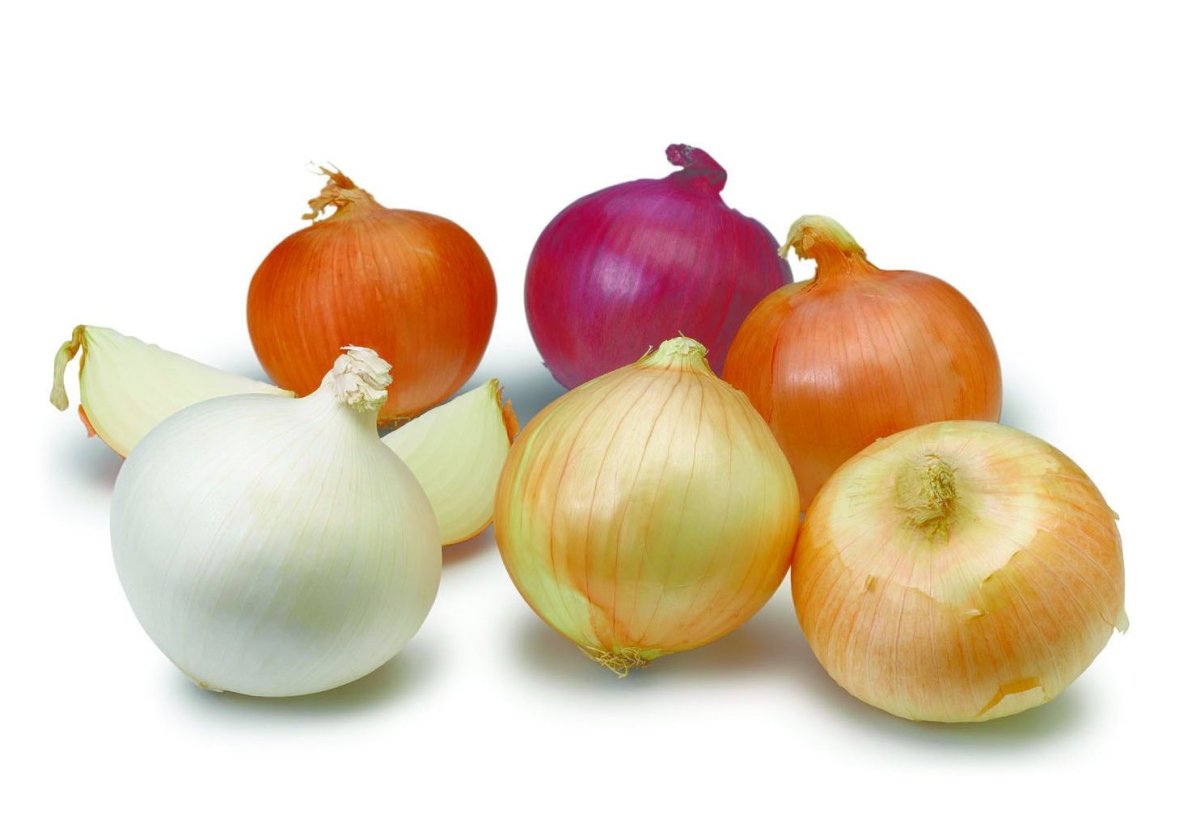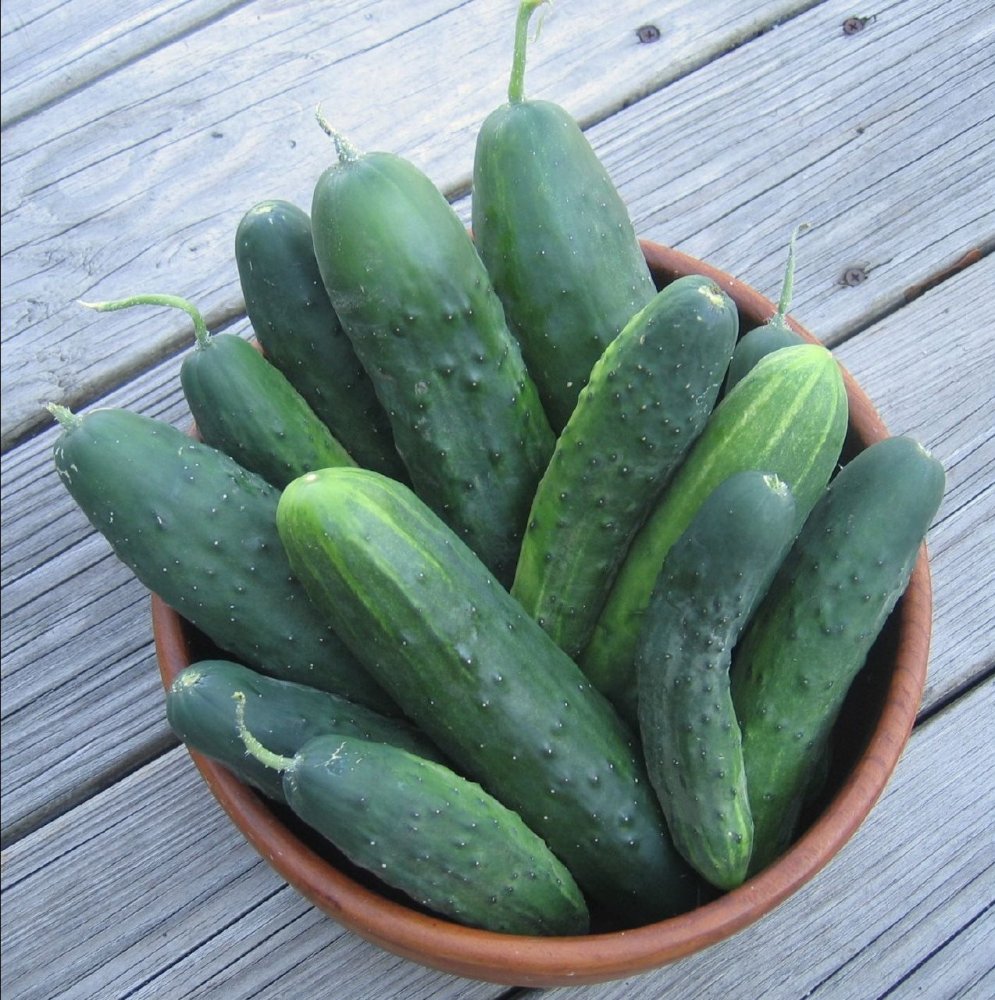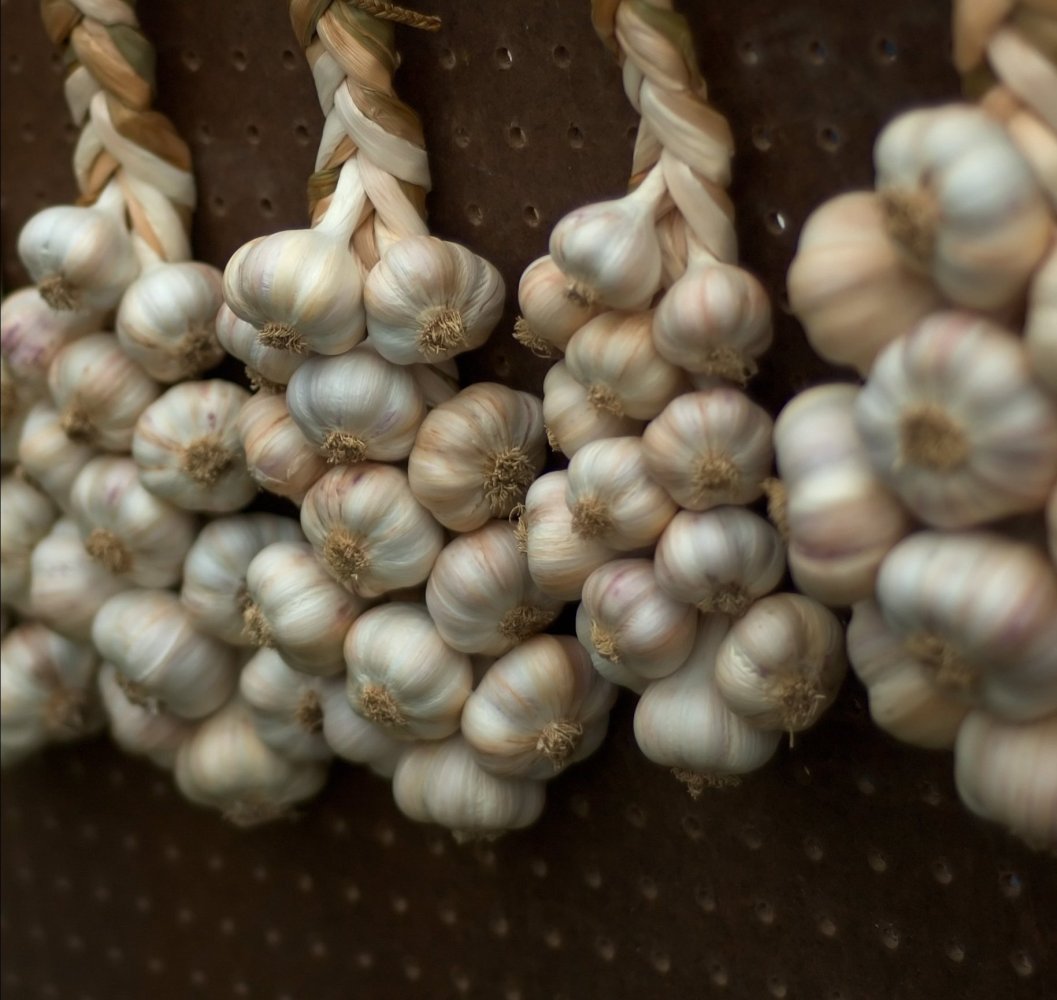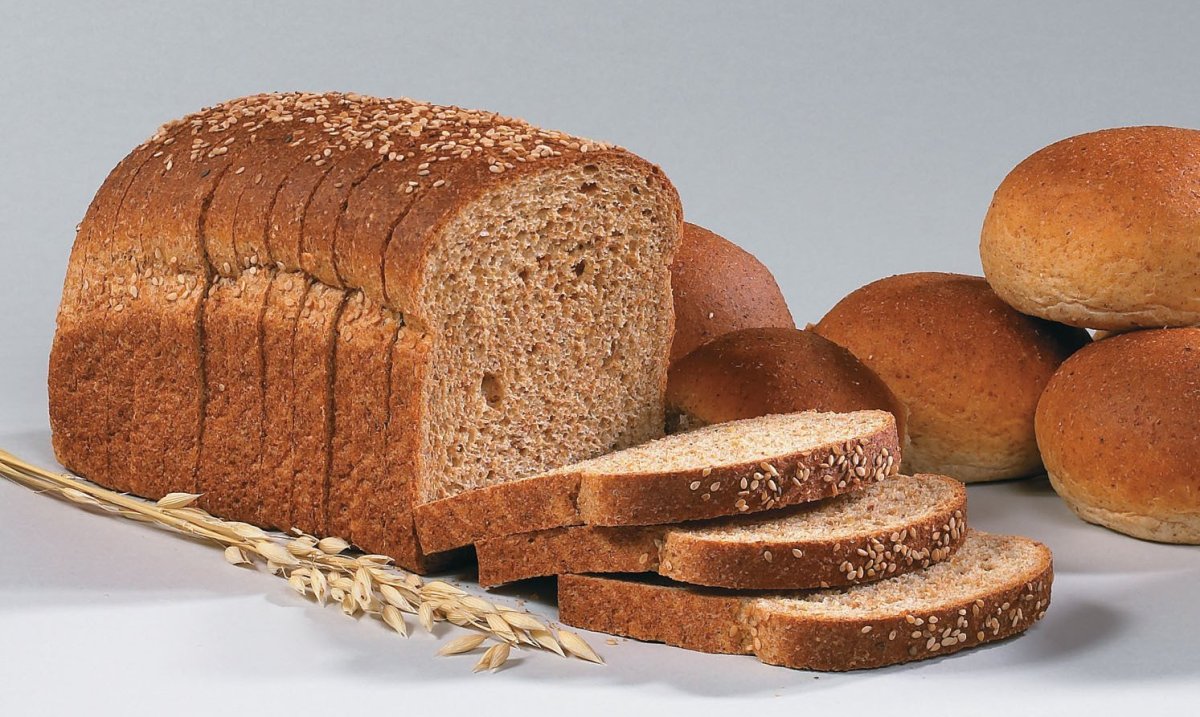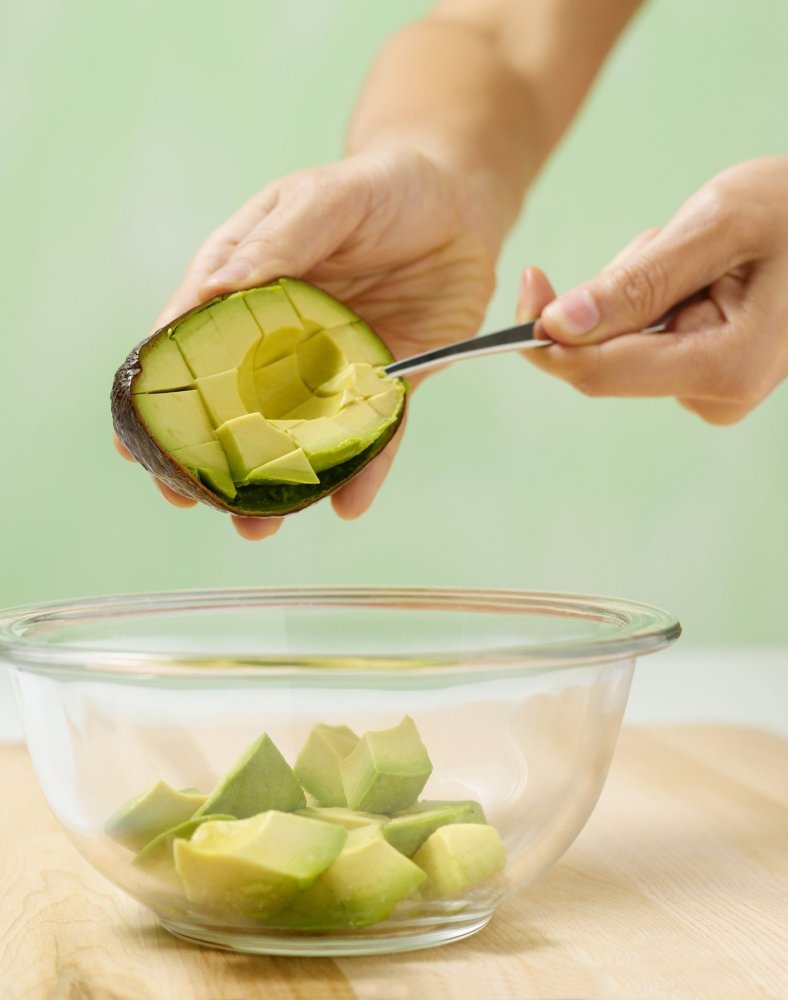If you find yourself tossing soggy celery and mealy tomatoes in the trash all too often, you’re not alone. No one gives you a guidebook on how to store food properly to prolong shelf life and flavor. So, it’s no surprise that the average American throws out more than 20 pounds of food per person every month, according to the National Resources Defense Council – that’s equivalent to $165 billion dollars a year ending up in a landfill.
Learn how to properly store your groceries to keep food flavorful, save money on groceries, and reduce food waste.
-
NutsDo: Refrigerator // Don’t: Pantry Toss nuts into a resealable bag or storage container in the refrigerator. Their natural oils become rancid quicker at room temperature and cause a sharp, bitter flavor. Cool, dry conditions slow the process, and they can last for a year or more. Photo Credit: Almond Board of CaliforniaSource: University of California Agriculture and Natural Resources
-
EggsDo: Refrigerator Middle Shelf // Don’t: Refrigerator Door Store raw eggs in the coldest part of the refrigerator – the middle shelf. Even though the door has cute built-in egg cups, the temperature fluctuates too much for food safety experts. Photo Credit: American Egg Board Source: American Egg Board / Incredible Egg
-
Whole Wheat FlourDo: Freezer // Don’t: Pantry For long-term storage (over three months), go straight to the freezer. King Arthur Flour recommends using an airtight container labeled with the “best by” date. A cool, dry pantry shelf works well for short-term use (1-3 months). Photo Credit: King Arthur Flour Sources: King Arthur Flour Oldways / Whole Grain Council
-
Ground FlaxseedsDo: Refrigerator // Don’t: Pantry Refrigerate pre-ground flaxseed in an airtight, opaque container for up to 90 days. Whole flaxseeds can last for up to a year at room temperature. To get the most nutrients out of the powerhouse seeds, grind as needed. Photo Credit: cc licensed by flickr shared byHealthAliciousNess.com Sources: Flax Council of Canada Patricia Bananan, MS, RD
-
PotatoesDo: Pantry // Don’t: Refrigerator Place unwashed potatoes in perforated plastic bags or paper bags out of the light. Avoid kitchen hot spots like underneath the sink, above the oven or near a window. The cold converts the potato’s starch to sugar, leaving you with a discolored, weirdly-sweet spud, and the heat promotes sprouting. Photo Credit: United States Potato Board Source: United States Potato Board / Potatoes…Goodness Unearthed
-
TomatoesDo: Counter // Don’t: Refrigerator Stop giving tomatoes the cold shoulder. Instead, lay them face up at room temperature out of direct sunlight. They lose flavor and water in the chilly refrigerator. For short-term storage, stash them in a paper bag in the coolest part of the kitchen. Photo Credit: cc licensed by flickrshared by Wee Keat Chin Sources: Florida Tomatoes University of California Davis Division of Agricultural and Natural Resources
-
Red and Yellow OnionsDo: Pantry // Don’t: Refrigerator Store unpeeled dry onion bulbs in a cool, dry, dark place with airflow (not in plastic). Crying Caveat: Chill a whole onion for 30 minutes before cutting to reduce tearing. Photo Credit: The National Onion Association Source: The National Onion Association
-
BasilDo: Humid and cool // Don’t: Cold and dry There are two commonly recommended methods for storing basil: 1. Wrap the stems in a damp paper towel and place in a resealable plastic bag. Stash the bag in a temperature-controlled crisper drawer or the refrigerator door. 2. Trim the stems like flowers and put them in a jar of water. Loosely tent with a plastic bag and leave on the counter. Photo Credit: cc licensed by flickr shared by Till Westermayer Sources: Courier-Journal: Ask Martha Stewart Bon Appetit: Our Best Trick for Storing Basil
-
CucumbersDo: Counter // Don’t: Refrigerator Keep uncut cukes at room temperature to prevent chilling injuries like accelerated decay. Don’t store near bananas or tomatoes, which release a ripening agent called ethylene gas. Photo Credit: cc licensed by flickr shared by michelle Source: UC Davis
-
CeleryDo: Refrigerate in Foil // Don’t: Refrigerate in Plastic Wrap celery in foil and put it in the crisper drawer, advises Jack Bishop, Editorial Director of America’s Test Kitchen. “The foil allows the ethylene produced by the celery to escape,” says Bishop. If it’s wrapped in plastic, the gas gets trapped and makes crisp celery stalks limp and bendable. Photo Credit: cc licensed by flickr shared by Ruth HartnupSource: America’s Test Kitchen
-
GarlicDo: Counter or Pantry (short-term) or Freezer (long-term) // Don’t: Refrigerator Garlic likes cool, shady spots with good air circulation. Keep it in mesh bags or baskets. You can freeze whole bulbs to use later; even though the color may turn yellow, the flavor will remain intact, says The Herb Society of America. Photo Credit: cc licensed by flickr shared by David Goehring Source: The Herb Society
-
Coffee BeansDo: Pantry (short-term) or Freezer (long-term) // Don’t: Pantry (long-term) or Refrigerator Keep beans cool and dry in air-tight glass or ceramic containers stored in a dark spot away from heat. If you buy in bulk, wrap small portions in airtight bags and freeze for up to a month. Photo Credit: cc licensed by flickr shared by Rob Taylor Source: National Coffee Association USA
-
BreadDo: Pantry (short-term) or Freezer (long-term) // Don’t: RefrigeratorUnless you like stale bread, skip the refrigerator. Put bread in a breadbox on the counter, set cut-side down on a wooden board or in a paper bag to keep it from drying out. For longer storage, seal sliced bread tightly in a bag and freeze. Photo Credit: Oldways / Whole Grains Council Sources: Dave’s Killer Bread Food52
-
AvocadosDo: Counter // Don’t: Refrigerator Avocados won’t ripen in the cold, so leave the hard ones at room temperature for 4-5 days. Sprinkle cut, ripe avocados with lemon or lime juice, place in an air-tight container or cover with clear plastic wrap and stow in the refrigerator for up to a day. Photo Credit & Source: Hass Avocado Board / Avocado Central



